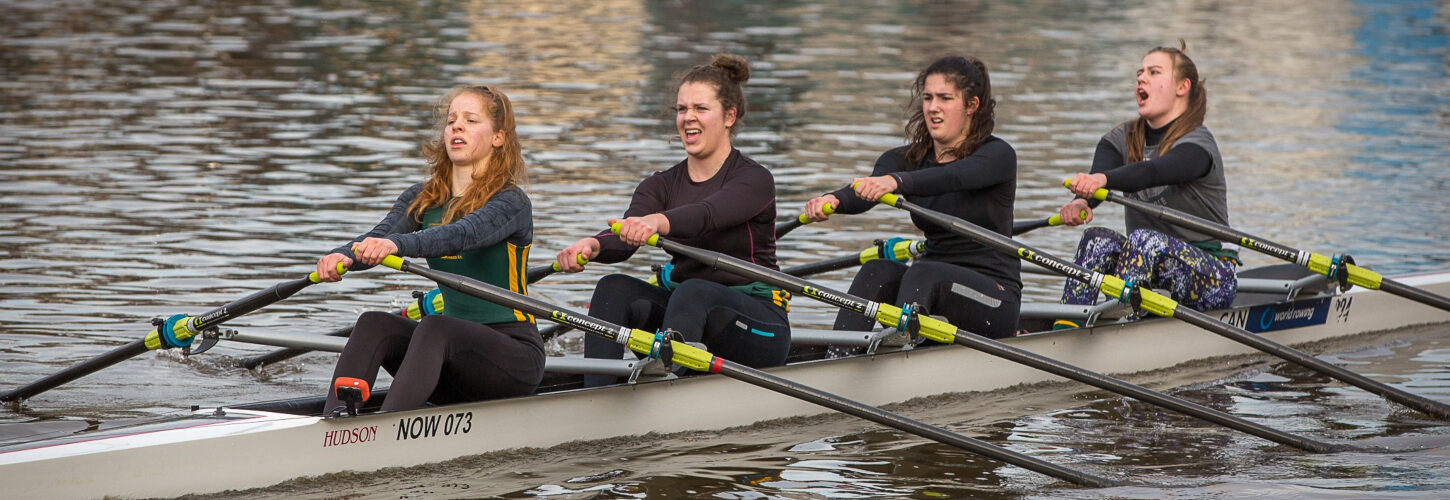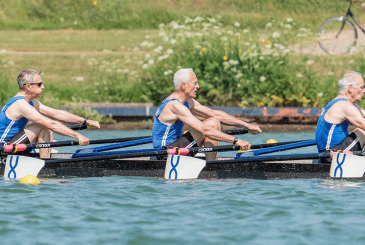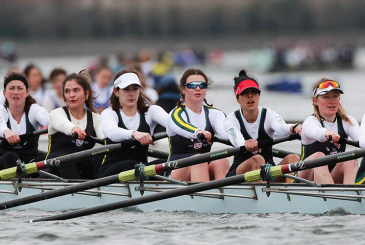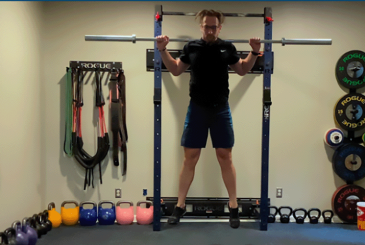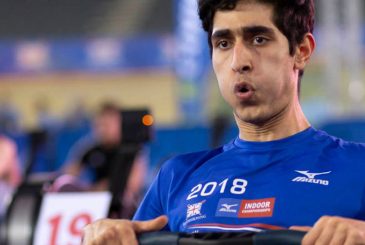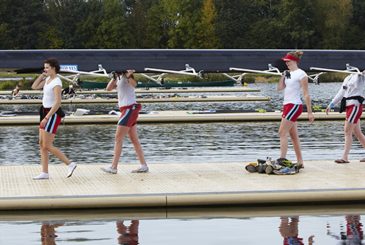Training until you just cannot continue is horrendous – but what causes us to decide that we cannot keep going? The GB Rowing Sport Science Team explore the research.
Studying sport science at university is a popular choice for those who weren’t quite (or in my case, nowhere near) good enough to make it as an athlete.
While the opportunity to still wear a tracksuit and talk about sport all day is enjoyable, there is a less appealing requirement that isn’t highlighted in the university prospectus. Participating in exercise research trials is unavoidable, and often uncomfortable – fasted training (not eating before you exercise), thermometers in unfamiliar places, and the classic test to train to voluntary exhaustion.
Exercising until you just cannot continue is tormenting; there is no finish line and no rival competitors. You are on your own until you volunteer to finish. This method has been used in countless research studies, normally comparing, for example, caffeine intake with a control, as it is a good way of judging whether an intervention has affected ‘performance’. But what causes us to slam the big red treadmill button or drop the ergo handle when we decide that we cannot continue?
This depends on the type of exercise. For instance, 2,000m rowing is conducted at the limits of an athlete’s endurance capacity. Rowers routinely achieve maximal aerobic output within the first three minutes of a race and stay there for its duration. Performance differences – technique aside – are due to the size of the engine, the ability to maintain maximum output down the course, and the contribution from other energy systems that supplement power production at high intensities.
There is fierce cross-discipline debate regarding the brain’s involvement in fatigue
Performance-limiting fatigue in rowing is therefore multifactorial. While working maximally for up to eight minutes will not be negatively affected by fuel availability (like longer-distance events), the production of heat, accumulation of hydrogen ions, lactate-free phosphates (amongst others) affect equilibrium with muscle cells stopping various processes from working optimally and interfering with the transition of signals around the body.
This is a good time to correct a popular misconception. Blood lactate has been unfairly represented over the years, particularly by poorly informed commentators that blame it for an athlete ‘blowing up’ at a crucial time. However, blood lactate is a useful energy-producing and redistributing metabolite, crucial during high intensity exercise. The fact that it is an easily measurable reflection of fatigue has only reinforced its harsh treatment.
We can train smarter, gain more racing experience, improve our relevant pain tolerance
There is fierce cross-discipline debate regarding the brain’s involvement in fatigue. Is there a conscious, subconscious or unconscious response or is there no psychological involvement at all? The answer is likely all of the above, depending on the situation and athlete in question.
Exercise intensity and duration, motivation and perceived exertion will all play a part in whether we ‘give up’, slow down, carry on or even speed up. A book on the subject by Alex Hutchinson – Endure: Mind, Body and the Curiously Elastic Limits of Human Performance – provides a detailed and excellent review of the topic.
Whatever the limiting factor – physiological, psychological or both – our ability to delay the effects of fatigue can be improved. We can train smarter, gain more racing experience, improve our relevant pain tolerance; for example, performance in tests on voluntary exhaustion normally improve with people’s experience of the test. We can even train our brains to cope better with fatigue and lessen its impact on our bodies. I once heard Olympic bronze medallist Alan Campbell describe how he would start to see the world with a sepia filter when he was at his physical limits, and I have seen members of the GB Rowing Team push themselves to the absolute limit in their quest for a personal best.
Whether an athlete’s ability to push themselves closer to the limit brings them success, or whether years of training improves their capacity, is another question.
Photo: Philip Yale


